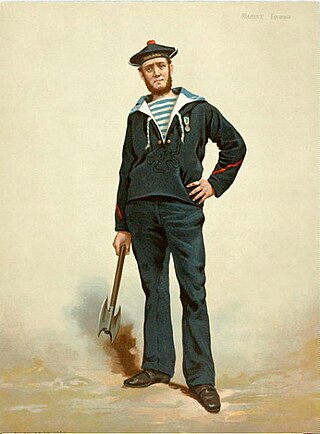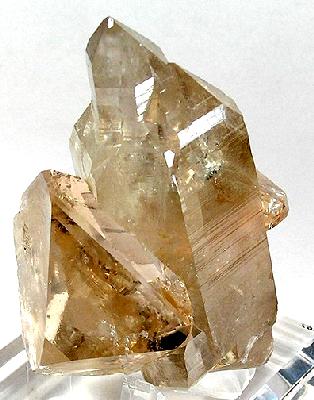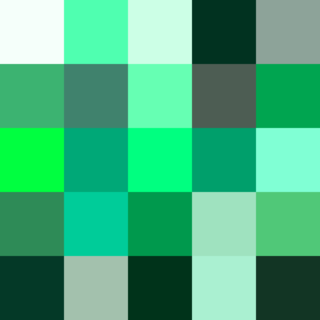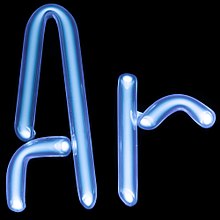
The various tones of the color coral are orange, red and pink representations of the colors of those cnidarians known as precious corals.

Navy blue is a dark shade of the color blue.

Beige is variously described as a pale sandy fawn color, a grayish tan, a light-grayish yellowish brown, or a pale to grayish yellow. It takes its name from French, where the word originally meant natural wool that has been neither bleached nor dyed, hence also the color of natural wool. A more than 300 year old antecessor of the word "beige" can be found in the surname of Louis de Béchameil and the French name for Béchamel sauce.

Persian blue comes in three major tones: Persian blue proper: a bright medium blue; medium Persian blue ; and a kind of dark blue which is referred to as Persian indigo, dark Persian blue, or regimental, that is much closer to the web color indigo.

Lilac is a color that is a pale violet tone representing the average color of most lilac flowers. The colors of some lilac flowers may be equivalent to the colors shown below as pale lilac, rich lilac, or deep lilac. However, there are other lilac flowers that are colored red-violet.

The color champagne is a name given for various very pale tints of yellowish-orange that are close to beige. The color's name is derived from the typical color of the beverage Champagne.

Burgundy is a dark red-purplish color.

Spring green is a color that was traditionally considered to be on the yellow side of green, but in modern computer systems based on the RGB color model is halfway between cyan and green on the color wheel.
Taupe is a dark gray-brown color. The word derives from the French noun taupe meaning "mole". The name originally referred only to the average color of the French mole, but beginning in the 1940s, its usage expanded to encompass a wider range of shades.

Heliotrope is a pink-purple tint that is a representation of the colour of the heliotrope flower.

Fallow is a pale brown color that is the color of withered foliage or sandy soil in fallow fields. This however is a post factum rationalization, and the etymologies are distinct.
Spring bud is the color that used to be called spring green before the X11 web color spring green was formulated in 1987 when the X11 colors were first promulgated. This color is now called spring bud to avoid confusion with the web color.
Jungle green is a color that is a rich tone of medium spring green.

Varieties of the color green may differ in hue, chroma or lightness, or in two or three of these qualities. Variations in value are also called tints and shades, a tint being a green or other hue mixed with white, a shade being mixed with black. A large selection of these various colors is shown below.

Varieties of the color red may differ in hue, chroma or lightness, or in two or three of these qualities. Variations in value are also called tints and shades, a tint being a red or other hue mixed with white, a shade being mixed with black. A large selection of these various colors are shown below.

The color magenta has notable tints and shades. These various colors are shown below.
Livid is a medium bluish-gray color. This color name comes from the Latin color term lividus meaning "'a dull leaden-blue color', and also used to describe the color of contused flesh, leading to the English expression 'black and blue'". The first recorded use of livid as a color name in English was in 1622.

Varieties of the color blue may differ in hue, chroma, or lightness, or in two or three of these qualities. Variations in value are also called tints and shades, a tint being a blue or other hue mixed with white, a shade being mixed with black. A large selection of these colors is shown below.

The color cyan, a greenish-blue, has notable tints and shades. It is one of the subtractive primary colors along with magenta, and yellow.

Rose is the color halfway between red and magenta on the HSV color wheel, also known as the RGB color wheel.









